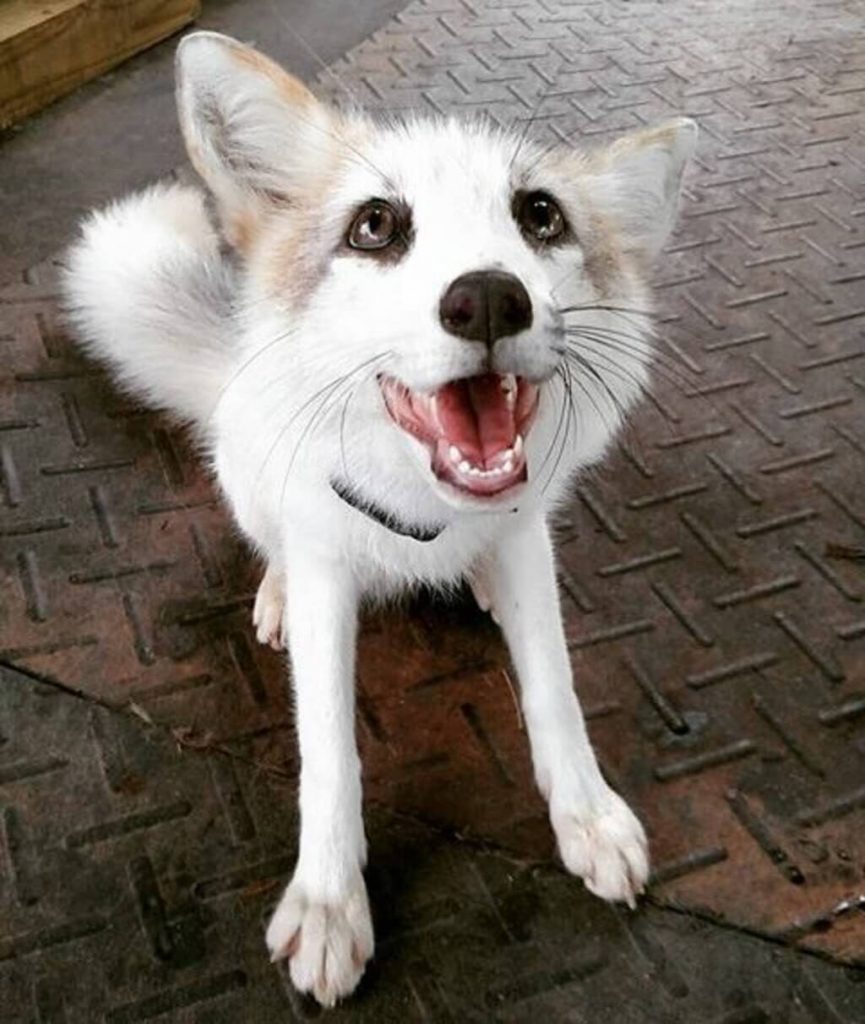canadian marble fox
Canadian marble fox
Canadian Marble foxes also require a lot of space. A large hutch or cage, at least 6 feet by 3 feet, is recommended. They can also be kept in an outdoor enclosure with a shelter https://iplt20lives.com/. Either way, the housing needs to be very secure to prevent escape, with small gauge wire mesh and a sturdy frame. So make sure you have ample space in your home to keep a pet fox before searching for Canadian marble fox for sale.
One option is to attend exotic pet expos or conventions where breeders and sellers showcase their animals. Here, you can meet experienced breeders who specialize in Canadian Marble Foxes and get a chance to see the animals up close before making a purchase.
It is illegal or highly restricted to own a Canadian Marble Fox or any wild-type fox in most of the world. Most states in the United States and provinces in Canada have pretty strict laws about owning exotic animals as pets, such as outright bans on them or permits required to have a fox as a pet.
They are very unpredictable and may cause harm to your housemates or other animals. It is strongly suggested that you do in-depth research on this fox variety before spending your hard-earned cash to purchase one.
But you should also remember that they are wild animals and they cannot stay domesticated for a long period of time and will escape if they get a chance. So if you are planning on adopting a Canadian Marble fox, you must consider all these factors beforehand.
Black marble fox
In the 1930s, attempts were made to breed Marble Foxes in captivity for their fur, which resulted in the establishment of fox farms in Canada and the United States. These farms were successful in producing large numbers of Marble Fox pelts, but also led to some escapees and subsequent establishment of feral populations.
Like the border collie and various species of farm animals, marble foxes have a colour pattern that isn’t found in the wild. They also have floppy ears and reduced skull size over their wild equivalent, all traits that seem to come with the territory when animals are selectively domesticated.
Competition and predation: The Marble Fox is adapted to living in harsh arctic and subarctic environments, but it is facing competition and predation from other species that are expanding their range into the boreal forest.

In the 1930s, attempts were made to breed Marble Foxes in captivity for their fur, which resulted in the establishment of fox farms in Canada and the United States. These farms were successful in producing large numbers of Marble Fox pelts, but also led to some escapees and subsequent establishment of feral populations.
Like the border collie and various species of farm animals, marble foxes have a colour pattern that isn’t found in the wild. They also have floppy ears and reduced skull size over their wild equivalent, all traits that seem to come with the territory when animals are selectively domesticated.
Canadian fox marble
Within these regions, the Marble Fox prefers to live in areas with diverse vegetation and terrain, including forested areas, wetlands, and open tundra. These habitats provide the Marble Fox with access to a variety of prey species and shelter from predators.
It’s also essential to factor in the additional expenses that come with owning a Canadian Marble Fox. These foxes require specialized care, including a proper enclosure, a diet that replicates their natural habitat, and regular veterinary check-ups. All of these factors contribute to the overall cost of owning one of these magnificent creatures.
At Animals Around The Globe™, we believe in a world where humans and animals live in harmony. We want to show people the beauty of experiencing animals in their natural habitat. We are convinced that exciting experiences with animals create a sense of love and responsibility towards them. As a more developed species, we should build greater awareness around animals and take them under our protection.

Within these regions, the Marble Fox prefers to live in areas with diverse vegetation and terrain, including forested areas, wetlands, and open tundra. These habitats provide the Marble Fox with access to a variety of prey species and shelter from predators.
It’s also essential to factor in the additional expenses that come with owning a Canadian Marble Fox. These foxes require specialized care, including a proper enclosure, a diet that replicates their natural habitat, and regular veterinary check-ups. All of these factors contribute to the overall cost of owning one of these magnificent creatures.
At Animals Around The Globe™, we believe in a world where humans and animals live in harmony. We want to show people the beauty of experiencing animals in their natural habitat. We are convinced that exciting experiences with animals create a sense of love and responsibility towards them. As a more developed species, we should build greater awareness around animals and take them under our protection.






Deja un comentario